In recent years, the cycling world has been quietly revolutionized by the emergence of electric bicycles, changing our approach to commuting, leisure, and exercise. But do you know what is an ebike and how do electric bikes work? In this detailed guide, we will delve into the intricacies of e-bikes, exploring their technology, advantages, and how to make the most of this innovative mode of transportation.
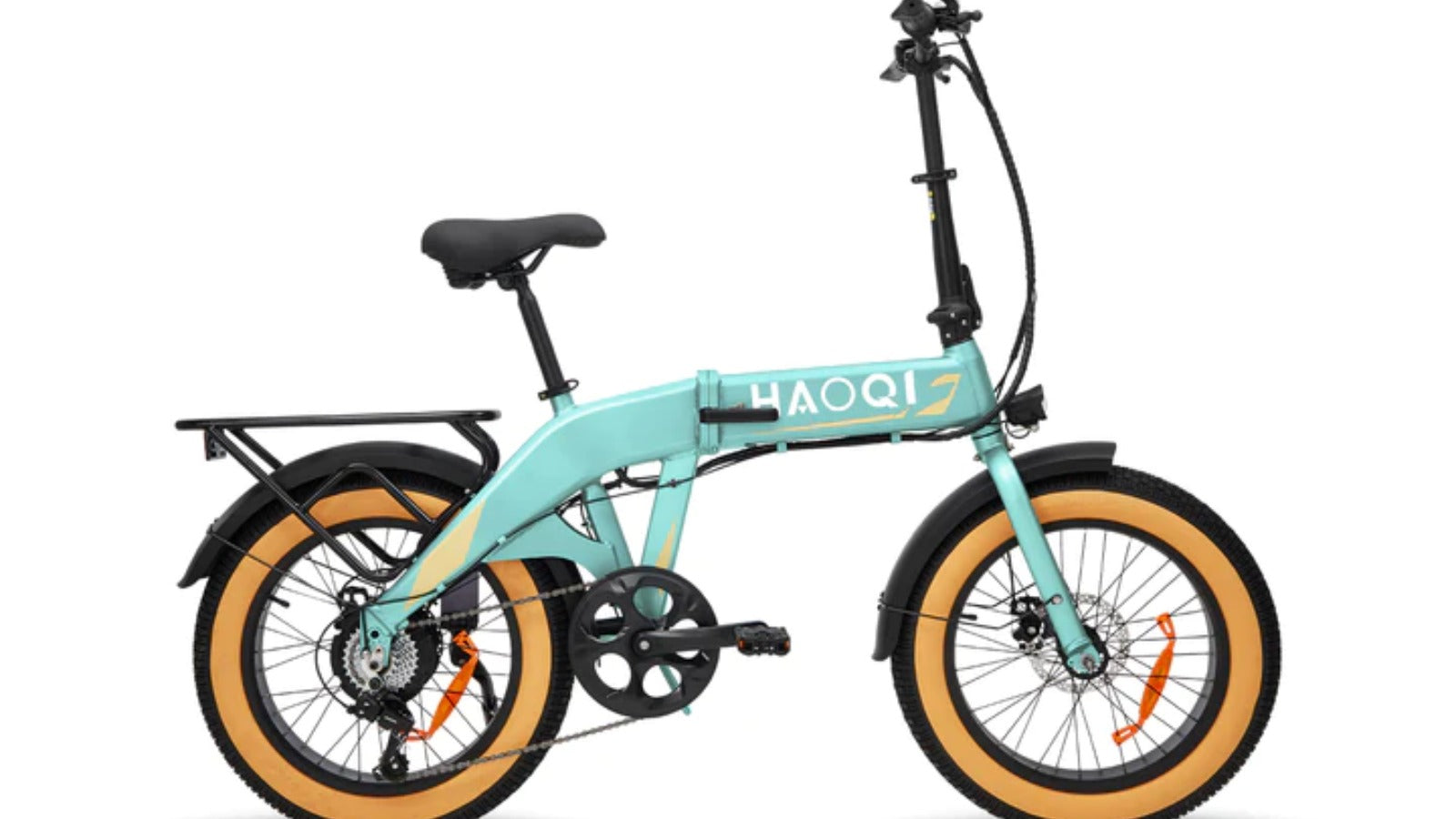
What Are Electric Bikes?
An ebike, short for electric bicycle, is a bicycle equipped with an electric motor that assists with pedaling, offering a boost of power that can make cycling easier, faster, and less physically demanding. This innovative transportation mode combines traditional biking elements with modern technology, allowing riders to cover longer distances, tackle challenging terrains with less effort, and enjoy an environmentally friendly alternative to traditional motor vehicles. With various designs catering to commuting, leisure, and fitness, ebikes are becoming an increasingly popular choice for a diverse range of users seeking efficiency and enjoyment in their travel.
Having learned about what is an electric bike, it is also essential to familiarize yourself with the e-bike laws in your area before investing in one, as they vary significantly depending on location.
In the United States, the maximum power output for an electric bicycle to be considered a "low-speed electric bicycle" is 750 watts (1 horsepower). Additionally, the motor should cut off when the e-bike reaches a speed of 20 miles per hour on level ground.
On the other hand, in the United Kingdom, electric bicycles are generally limited to 250 watts of continuous power. The electric motor should also cut off assistance when the e-bike reaches a speed of 15.5 miles per hour.
It's worth noting that regulations can change, and it's advisable to check the specific local laws and regulations for the most up-to-date information.
How Does an Electric Bike Work?
Generally speaking, an ebike operates through a combination of a battery, a motor with its controller, and a sensor. In this part, we explore the working principle of these three major components.

The Battery
The battery is the power source of an e-bike. It generates the electricity needed to run the motor. Its capacity, measured in wattage, voltage, and amp-hours, determines how much power it can provide and for how long. Among the various types of batteries used, the Li-ion (Lithium-ion) battery is notable for being lighter than the traditional SLA (Sealed Lead Acid) batteries, making it a preferred choice for its efficiency and reduced weight.
The Motor and Controller
The motor uses the electric power from the battery to provide mechanical work, assisting in turning the bicycle's wheels. Then the controller manages the motor's operation. Depending on the bike, the motor can be located on the front hub, rear hub, or the center of the bike. Each location has its advantages, with the center offering the most stability.
In a center motor, the motor and controller are typically located near the bike's bottom bracket, where the pedal crank is. This design allows for a more balanced weight distribution and a more natural ride. When activated, the controller sends electrical signals to the motor, which assists the rider with pedaling by providing additional power.
The Sensor
The sensor monitors your speed and pedaling effort. It uses this information to determine when to engage or disengage the motor's assistance. There are two types of sensors: speed sensors, which measure how fast you're traveling, and torque sensors, which measure how hard you're pedaling.
When you start pedaling, the sensor signals the controller, which then engages the motor to assist. When you stop pedaling or exceed the bike's preset speed limit, the sensor signals the controller to disengage the motor. This process makes riding an e-bike less physically demanding while still providing a workout.
The entire electric system seamlessly integrates into the bike's design, ensuring a smooth and efficient ride.
Advantages and Disadvantages of Electric Bicycles
Although the e-bike has gained popularity in rural and urban areas, electric bikes, as with any innovation, come with their advantages and disadvantages. Understanding these factors is pivotal in making an informed decision before embarking on your electric cycling journey.
Advantages:
Electric Motor: Assists in uphill climbs, easing efforts on steep inclines.
Hydraulic Brake System: Deliver consistent and forceful stopping capabilities, even under challenging wet and muddy conditions.
Physical Relaxation: Allow riders to reach greater distances without exerting excessive physical effort.
Environmental Friendliness: E-bikes reduce emissions and the reliance on traditional fuel-powered transportation.
Disadvantages:
Cost: Higher upfront investment may limit accessibility.
Maintenance: Replacement costs impact overall expenses.
Charging Need: Limited availability for long-distance travel due to limited battery capacity.
Safety Concerns: Charging may be a risk, including bursting into flames.
How Do You Ride an E-bike?
Riding an e-bike is similar to riding a traditional pedal-only bicycle but with the added element of electric assistance. Due to speed, riding an electric bike has a different feeling. If you are a novice, you should read the step-by-step guide on how to ride an electric bike.
1. Start by turning on the e-bike and selecting your desired assistance level on the display panel. If your bike can be selected class, you should start at a lower assistance level to adapt to the speed.
2. Keep pedaling the e-bike like you would a regular bicycle. The motor will assist as you pedal, making it easier to maintain speed and climb hills.
3. Use the handlebars to steer the e-bike in the desired direction. Be mindful of your surroundings and follow traffic laws and signals.
4. To come to a stop, gently squeeze the brake levers on the handlebars to engage the brakes. If your e-bike is equipped with regenerative braking, this can help recharge the battery as you slow down.
5. When you reach your destination or need to dismount, carefully come to a stop and step off the e-bike, ensuring that secure it properly.
6. Finally, turn off the e-bike, lock it up if necessary, and enjoy the convenience and benefits of electric-assisted cycling.
Where Can I Ride an E-bike?
E-bike riding locations depend on local regulations, but generally, e-bikes can be ridden wherever traditional bicycles are allowed. You can find specific bike lanes, multi-use paths, and regular roadways. The Class 1 and the Class 2 e-bikes, which assist only while pedaling, are often permitted on shared-use trails. While the Class 3 e-bikes, limited to pedal assistance up to 28 mph, might have restrictions in certain areas. Additionally, many places that encourage cycling, such as parks and urban areas, welcome e-bike riders. But you should be aware of specific rules and be considerate of pedestrians and other cyclists to ensure a safe and enjoyable riding experience.
Conclusion
In conclusion, ebikes redefine urban mobility by blending traditional cycling with electric power, offering a versatile and efficient mode of transportation. Understanding what is an ebike, its operation, benefits, and limitations, as well as the nuances of riding and permissible riding locations, empowers users to fully embrace the ebike experience. This blend of innovation and practicality makes ebikes not just an alternative form of transport, but a step towards sustainable and adaptable commuting solutions for the future.
FAQ
Do I need a license or insurance to ride an e-bike?
Federal law treats e-bikes as regular bicycles, exempting them from license and insurance requirements. However, individual states may have specific regulations, necessitating a check of local laws for clarity.
How to adjust the motor power?
E-bikes typically feature controls on the handlebar, allowing riders to adjust the power output. Familiarize yourself with these controls to tailor the level of assistance according to your riding preferences.
Can I ride e-bikes in the rain or bad weather?
Yes, you can ride e-bikes in the rain or bad weather, as most are designed to withstand such conditions to a reasonable extent. However, it's important to check the manufacturer's guidelines regarding water resistance levels and to exercise caution to ensure safety and prevent damage to the bike's electrical components.


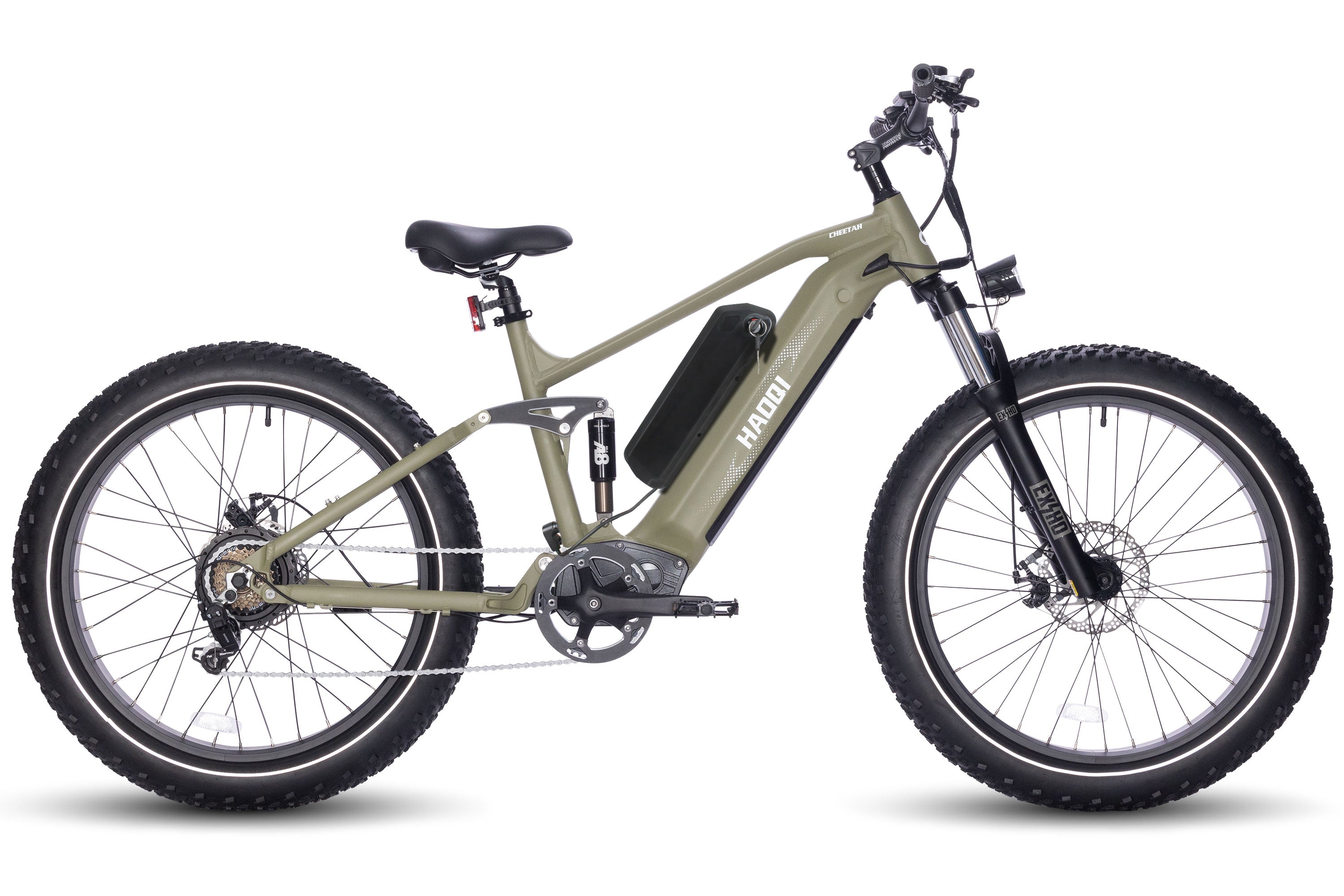
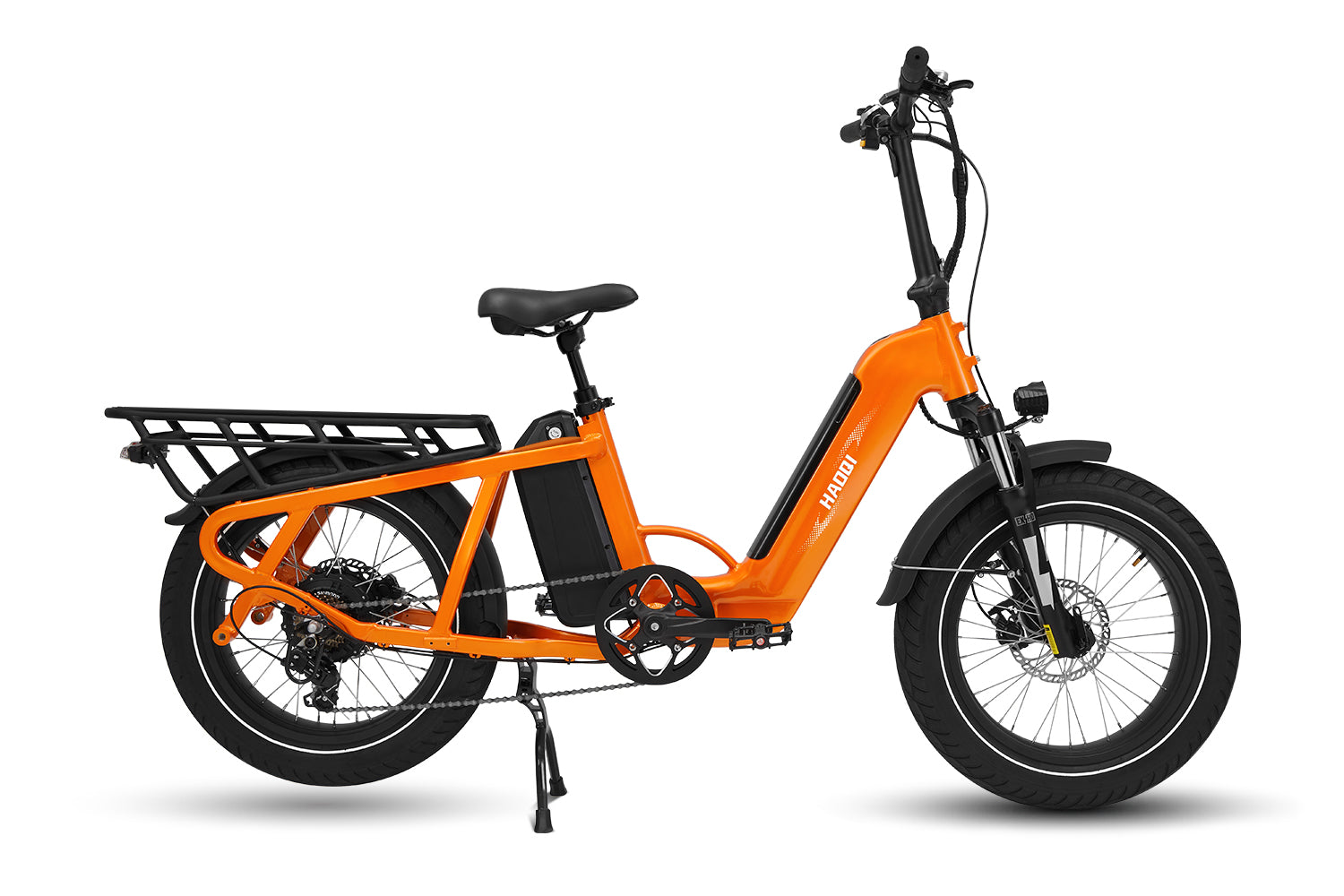
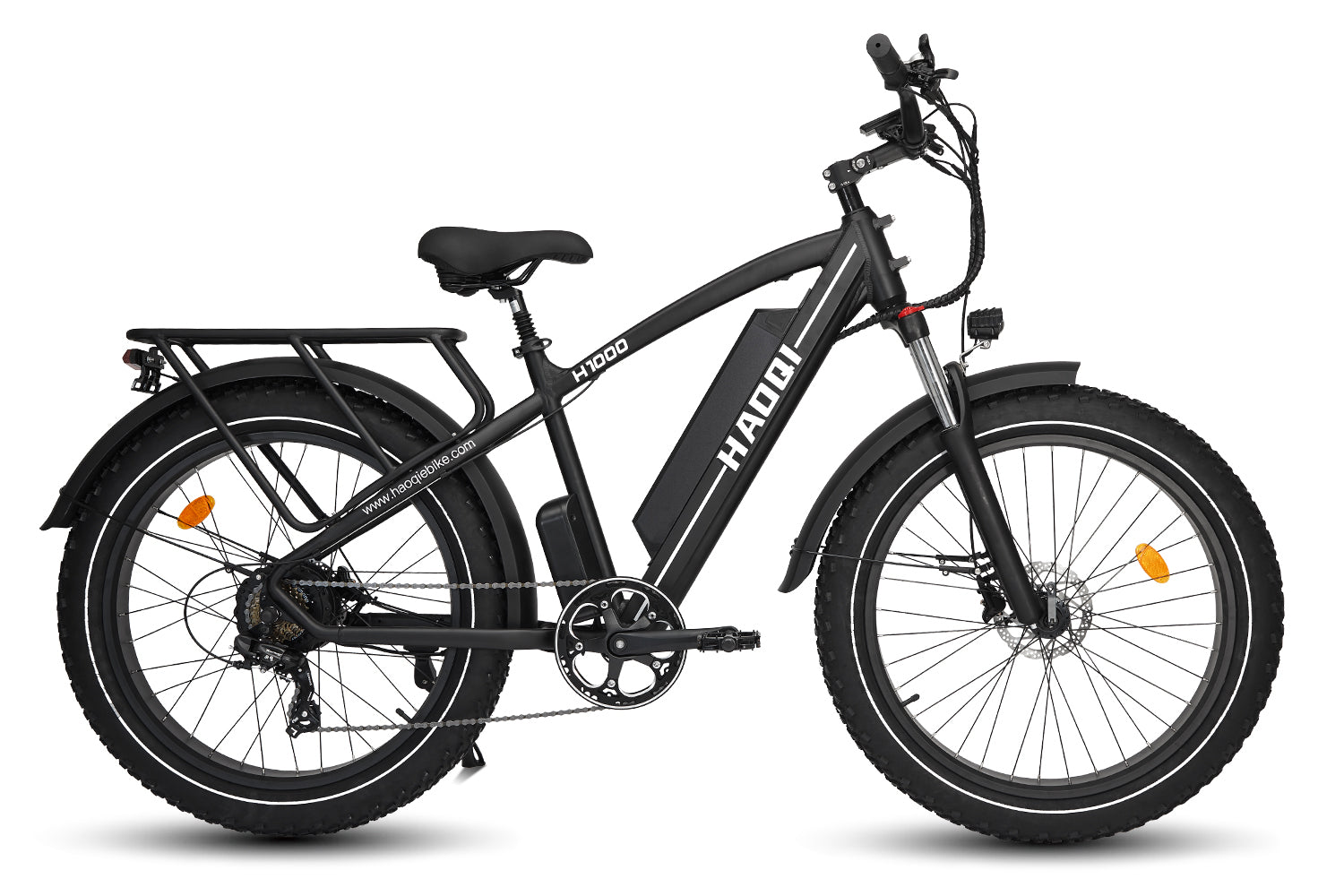
![HAOQI Antelope 500W Cargo Electric Bike (UL Certified) [electric bike] [HAOQI ebike]](http://haoqiebike.com/cdn/shop/products/haoqi-antelope-cargo-electric-bike-with-dual-battery-haoqiebike-com-1.jpg?v=1753954498&width=1500)
![HAOQI Squirrel Folding Electric Bike (UL Certified) [electric bike] [HAOQI ebike]](http://haoqiebike.com/cdn/shop/files/1_03c67b67-715e-4617-a648-51f108ceb425.jpg?v=1766473332&width=1500)
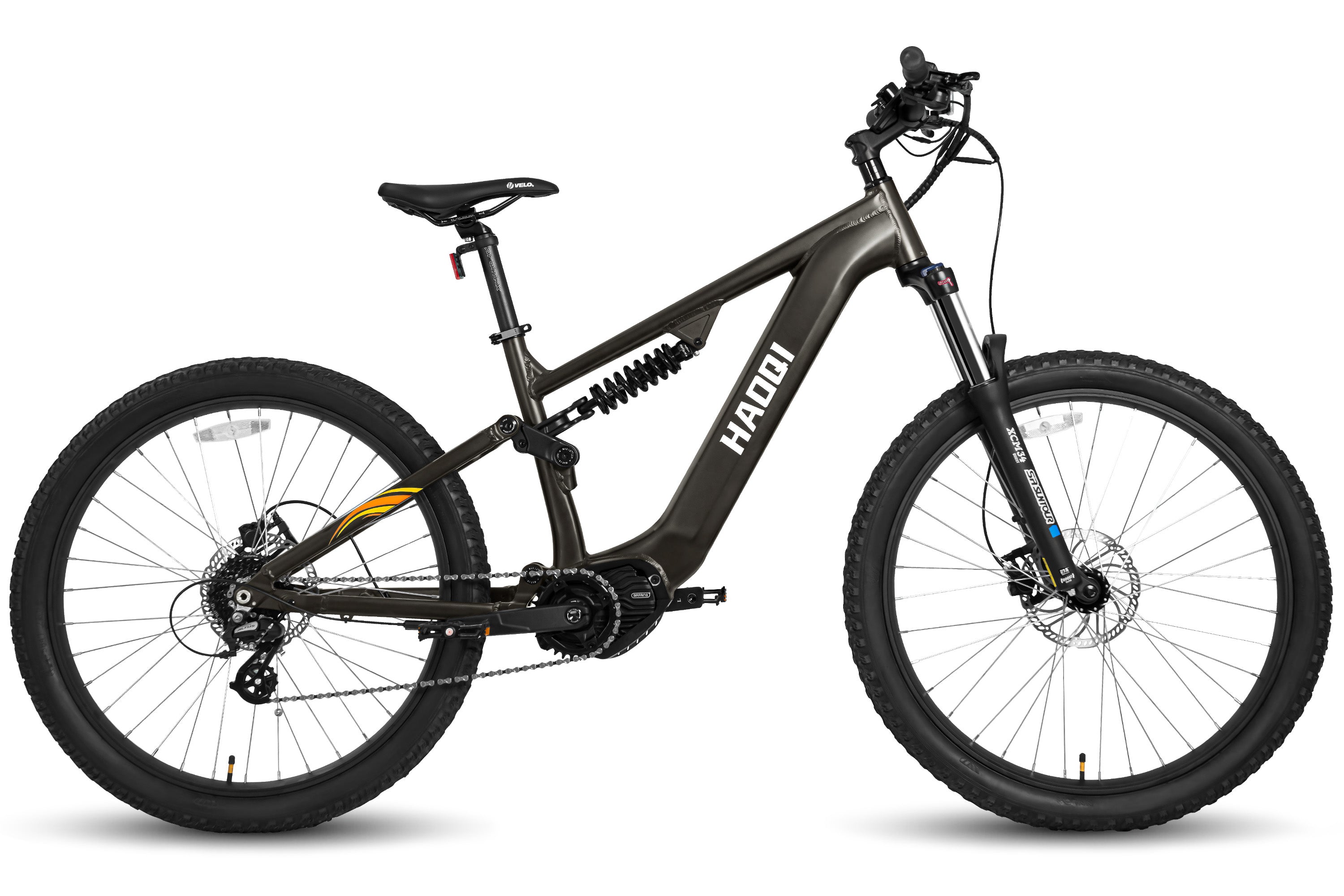
![HAOQI Eagle Long Range Electric Bicycle (UL Certified) [electric bike] [HAOQI ebike]](http://haoqiebike.com/cdn/shop/files/2_bf7ae46b-aad6-472a-9c14-d56ca3f0feb6.jpg?v=1755142722&width=1500)
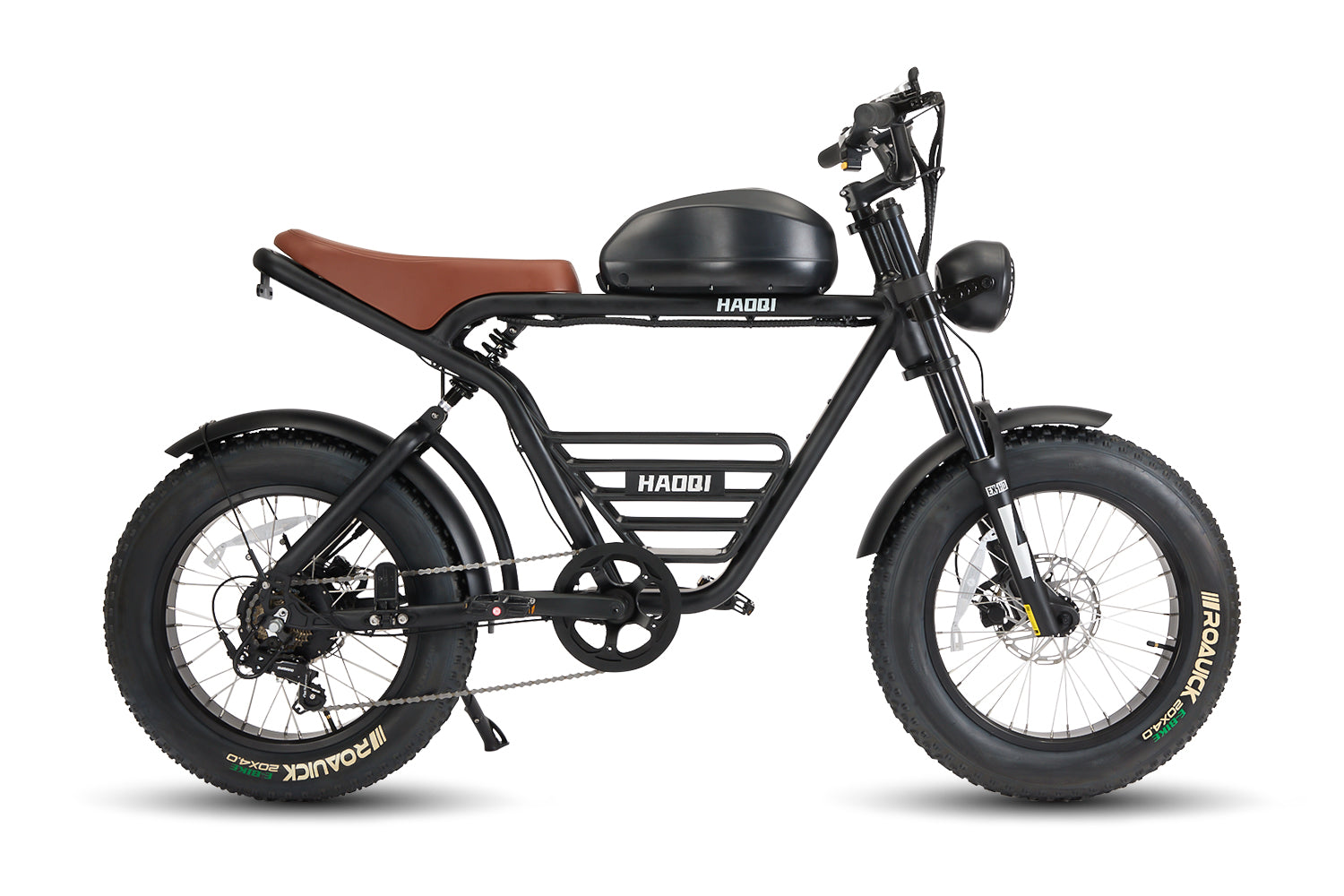
![HAOQI Antelope Pro 750W Cargo Electric Bike (UL Certified) [electric bike] [HAOQI ebike]](http://haoqiebike.com/cdn/shop/products/haoqi-antelope-pro-cargo-electric-bike-with-dual-battery-750w-haoqiebike-com-1.jpg?v=1751610204&width=1500)



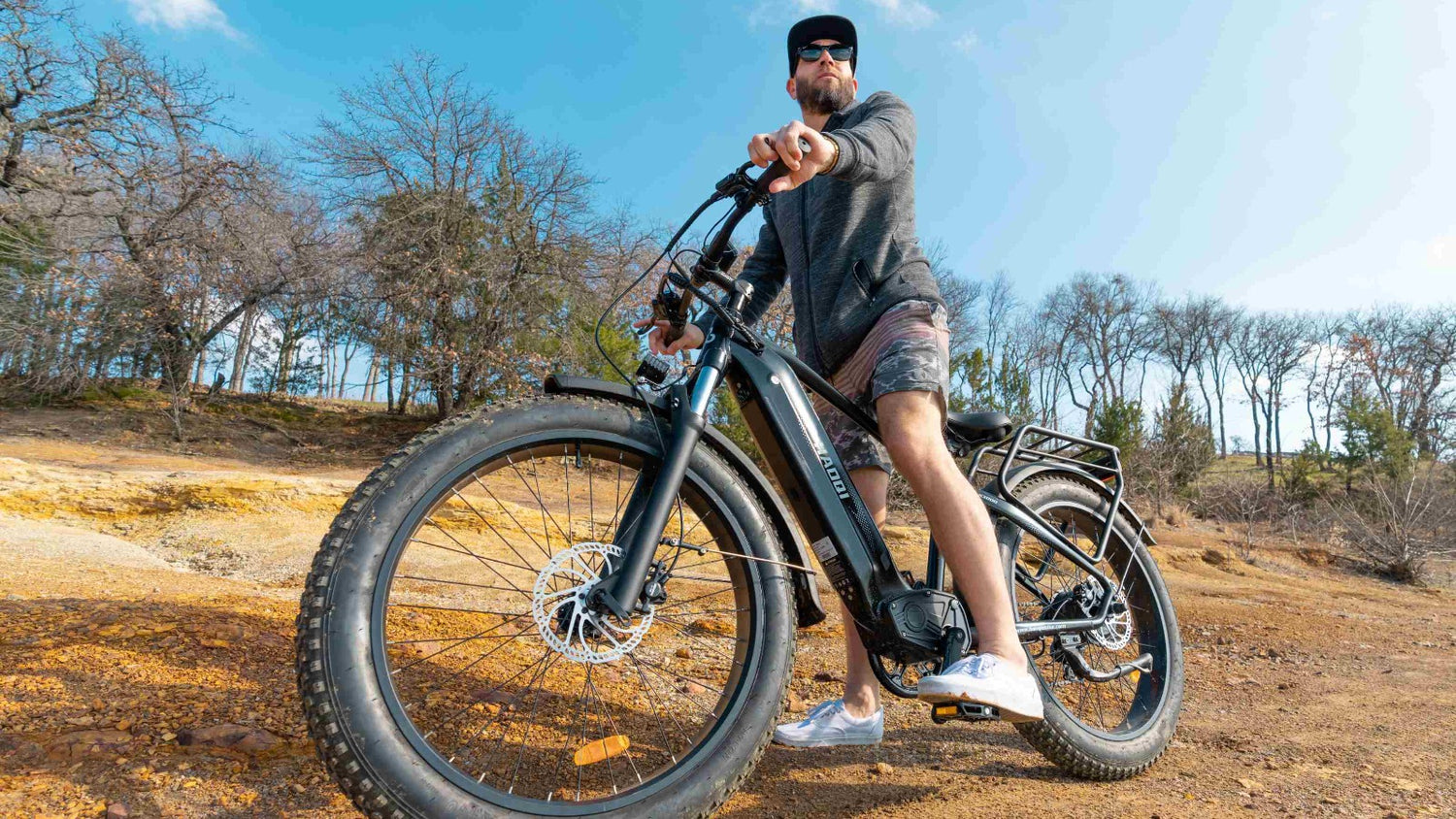

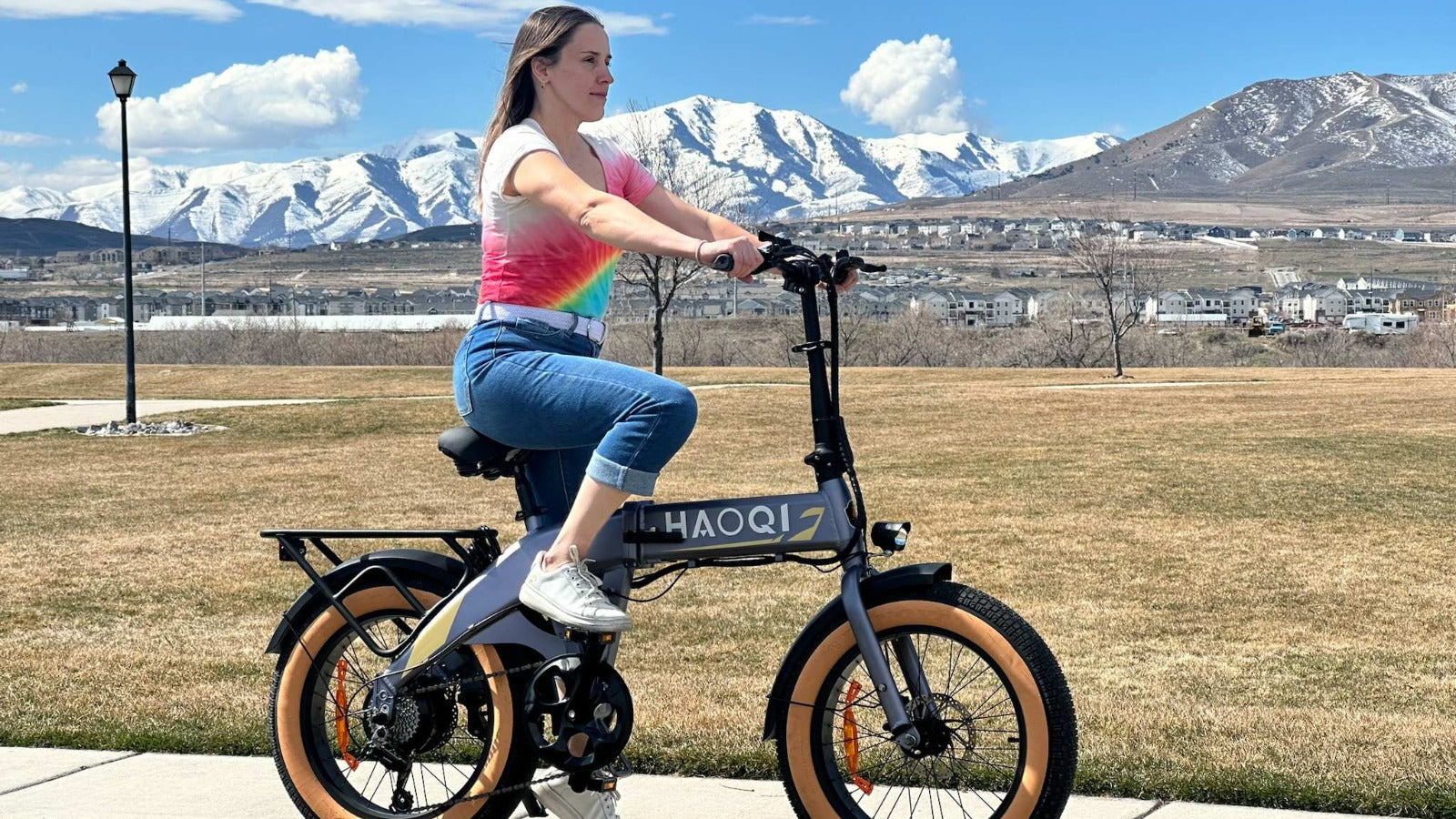




Leave a comment
All comments are moderated before being published.
This site is protected by hCaptcha and the hCaptcha Privacy Policy and Terms of Service apply.